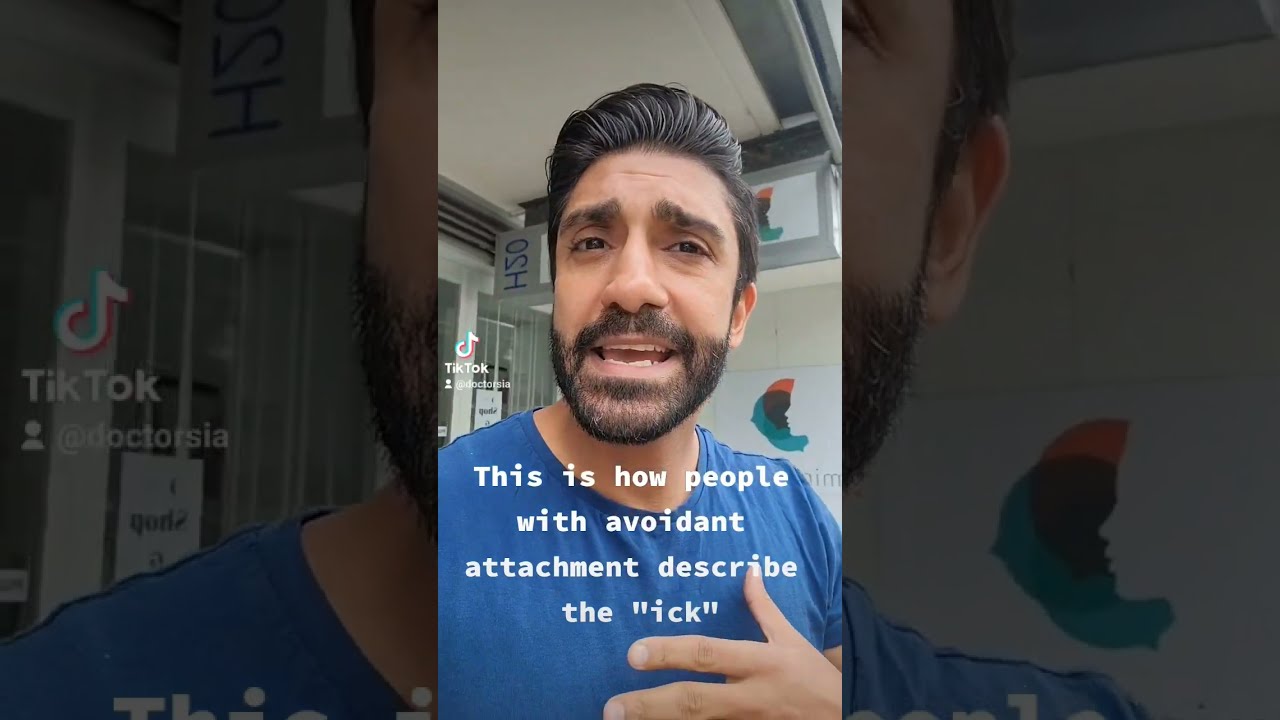
Healing from Dismissive Avoidant Attachment: A Journey of Self-Discovery
Introduction
In the realm of attachment theory, dismissive avoidant attachment style is a common pattern that can significantly impact dismissive-avoidant attachment style in adults one's ability to form and maintain healthy relationships. Individuals with this attachment style tend to value independence and self-reliance above emotional connection, often leading to a fear of intimacy and difficulty in expressing their needs and emotions. However, healing from dismissive avoidant attachment is possible through a journey of self-discovery and personal growth. In this article, we will explore the characteristics of dismissive avoidant attachment style, delve into the process of healing, and provide practical tips for individuals on their journey towards a more secure attachment style.
Understanding Dismissive Avoidant Attachment Style
What is Dismissive Avoidant Attachment Style?
Dismissive avoidant attachment style is characterized by an emotional distancing from others, including partners and close friends. Individuals with this attachment style have learned to rely solely on themselves for emotional support and are often uncomfortable with relying on others. They may struggle to express vulnerability or seek comfort from others when needed.
The Impact of Dismissive Avoidant Attachment Style
The dismissive avoidant attachment style can have significant implications for an individual's interpersonal relationships. The fear of intimacy and emotional closeness can lead to difficulties in forming deep connections with others. These individuals often prioritize self-reliance over emotional connection, which may make it challenging for them to truly open up and be vulnerable in relationships.
Additionally, dismissive avoidant individuals may find it challenging to empathize with their partner's emotions or needs. This lack of empathy can further strain relationships, as their partners may feel unheard or invalidated.
Healing From Dismissive Avoidant Attachment: A Journey Towards Secure Attachment
Recognizing the Need for Change
The first step towards healing from dismissive avoidant attachment is acknowledging that change is needed. It requires a willingness to explore and challenge one's own beliefs and behaviors, as well as an openness to vulnerability and emotional growth.
Self-Reflection and Awareness
Developing self-awareness is crucial in the process of healing from dismissive avoidant attachment. By examining past experiences and patterns of behavior, individuals can gain insight into the root causes of their attachment style. This self-reflection allows for a deeper understanding of oneself and paves the way for personal growth.
Challenging Negative Beliefs
Dismissive avoidant individuals often hold negative beliefs about relationships, such as viewing emotional vulnerability as a sign of weakness or perceiving dependence on others as burdensome. Challenging these beliefs is essential in order to cultivate healthier perspectives on intimacy and connection.
Building Trust and Emotional Intimacy
One of the key aspects of healing from dismissive avoidant attachment is learning to build trust and emotional intimacy with others. This involves taking small steps towards vulnerability and gradually opening up to trusted individuals. It may be helpful to seek therapy or join support groups that provide a safe space for exploration and growth.


Developing Effective Communication Skills
Effective communication is vital in any relationship. For dismissive avoidant individuals, learning to express emotions, needs, and boundaries in a healthy manner can be transformative. Developing active listening skills and practicing empathy can also greatly enhance interpersonal connections.
Cultivating Self-Compassion
Self-compassion plays a crucial role in healing from dismissive avoidant attachment. It involves treating oneself with kindness, understanding, and acceptance, even when facing challenges or setbacks along the journey. Practicing self-care activities, such as mindfulness exercises or engaging in hobbies that bring joy, can foster self-compassion.

FAQs about Healing from Dismissive Avoidant Attachment
- Difficulty expressing emotions
- Fear of intimacy or closeness
- Preference for independence and self-reliance
- Discomfort with emotional vulnerability
- Yes, with self-reflection, awareness, and effort, individuals can shift towards a more secure attachment style.
- Therapy can provide valuable guidance and support in the healing process by providing tools and techniques to navigate attachment-related challenges.
- Healing is a personal journey that varies for each individual. The duration of healing depends on various factors, including personal commitment, past experiences, and external support.
- While therapy can be beneficial, healing is possible through self-reflection, self-compassion, and building healthy relationships even without professional help.
- Engaging in self-reflection exercises
- Seeking support from trusted friends or family members
- Prioritizing self-care activities
- Practicing effective communication skills
Conclusion
Healing from dismissive avoidant attachment is a transformative journey of self-discovery and personal growth. By recognizing the need for change, developing self-awareness, challenging negative beliefs, building trust and emotional intimacy, and cultivating self-compassion, individuals can gradually transition towards a more secure attachment style. While the process may require time and effort, the rewards of meaningful connections and fulfilling relationships make it all worthwhile. Remember, it's never too late to embark on this journey of healing and discover a deeper sense of fulfillment in your relationships.